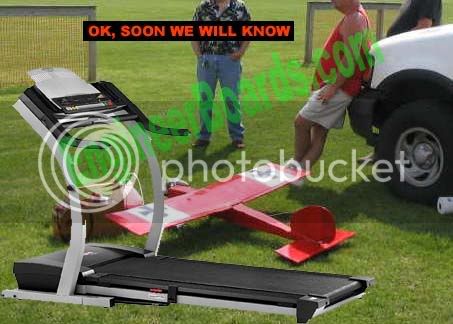K
Kipper
Ed, if it has sufficient lift to rise into the air at all then that means the plane is moving forward. The only thing the conveyor affects is the wheels, not the fuselage, wings, or the air around it. Book the flight! You only live once.MA'a theory sounds the most correct to me. It MAY rise into the air theoretically, but I ain't buying no ticket for that flight!
Ed























